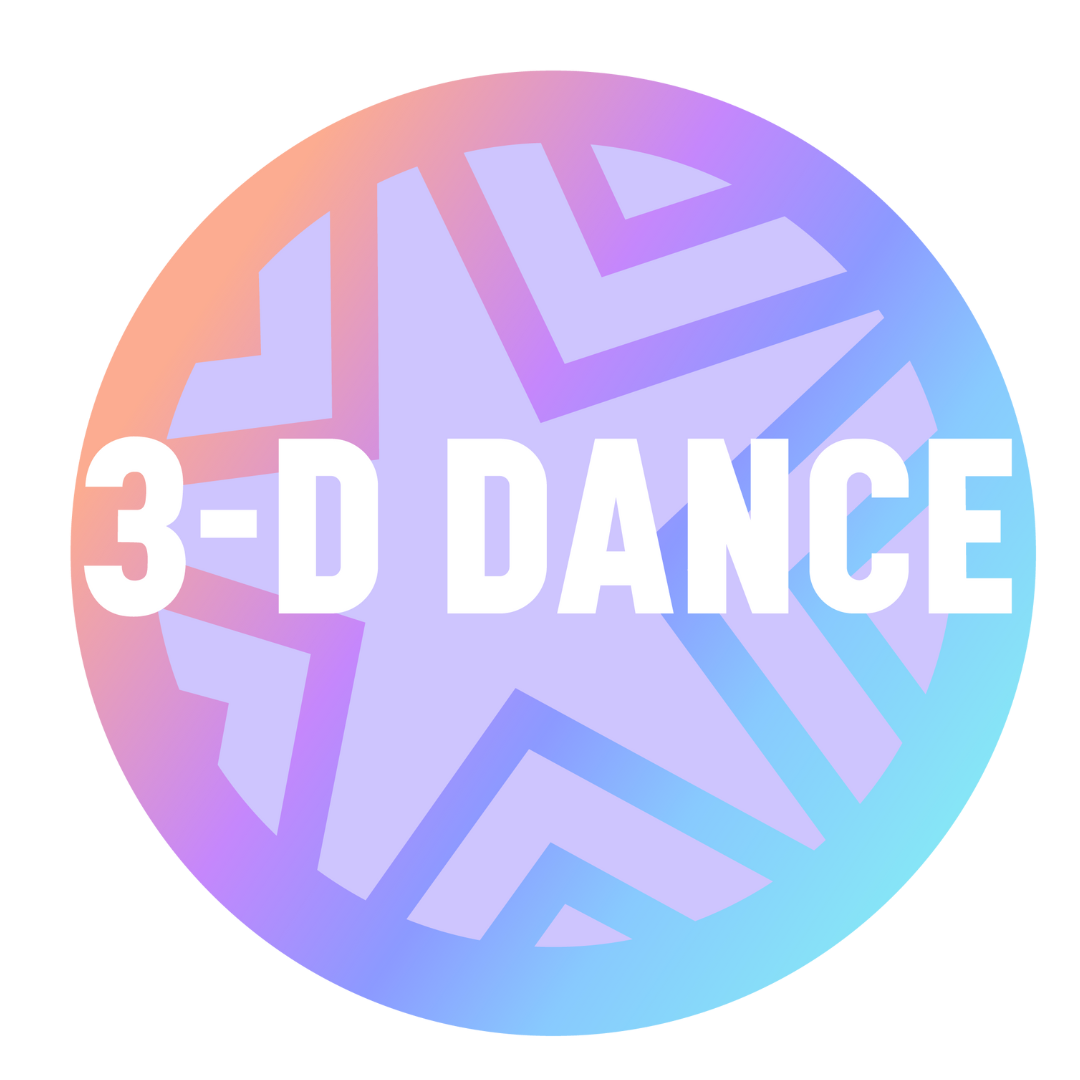
3-D DANCE BLOG

Supporting the Sensory-Motor Skills in Dance Class (ages 0-2)
An intentionally designed dance classroom experience can help promote the growth of physical, emotional, social, and cognitive (brain) development in children. To capitalize on the critical experiences in the most formative years, our 3-D Dance staff receives ongoing professional training on applying Piaget’s Theory of Cognitive Development in the dance classroom environment to provide the best support to our dance students through developmentally appropriate practices. Additionally, we integrate BrainDance concepts into our weekly curriculum which facilitates critical brain pathways in the child’s brain.
It has never been more critical for our dancers’ classroom experiences to support cognitive progress, following the significant delays in natural development patterns that have occurred due to pandemic disruptions, resulting in decreased experiences that would have naturally facilitated social, emotional, physical and cognitive maturity.
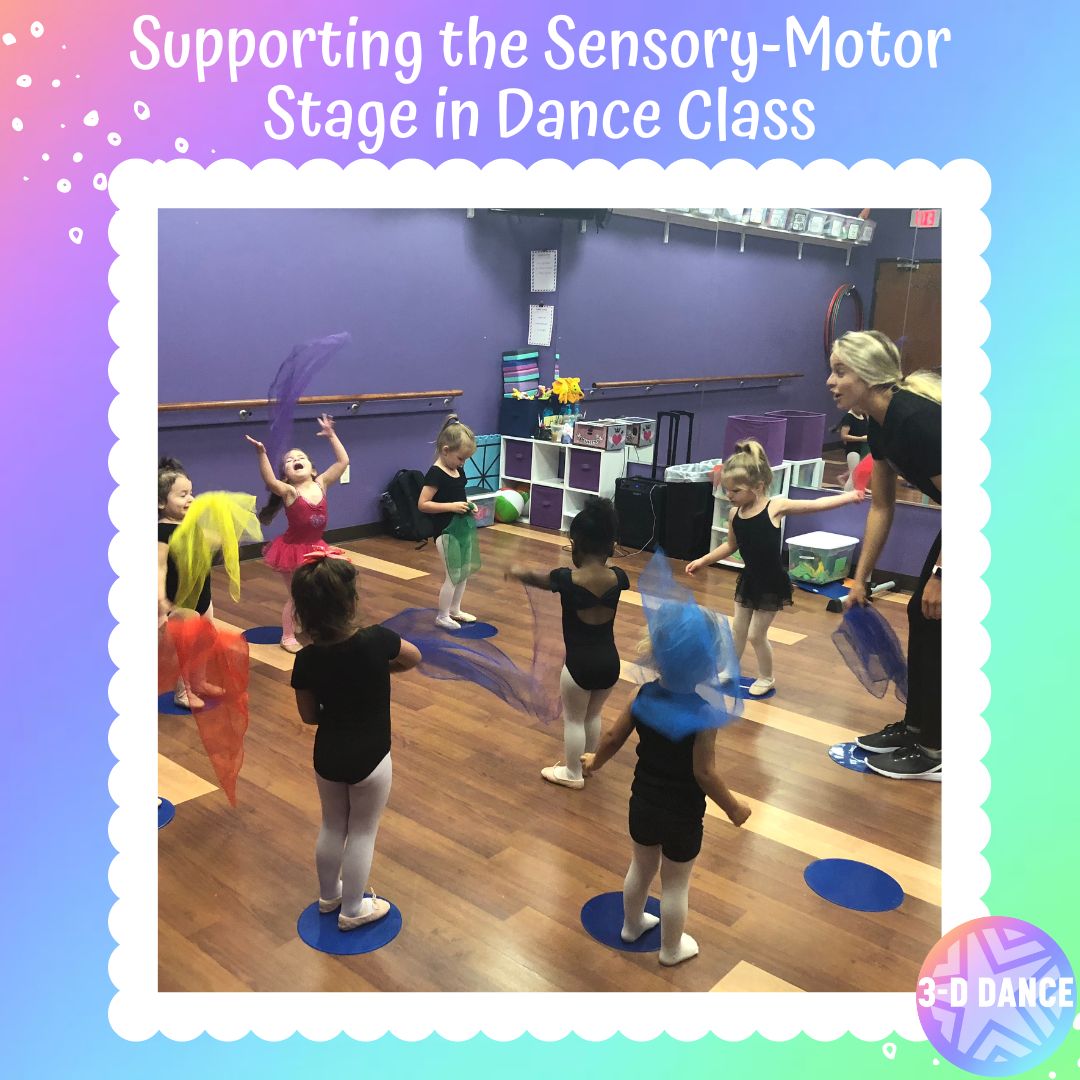
Critical points for caregivers to understand about each Stage in Piaget’s Theory of Cognitive Development are:
Each stage is a basis of the formation of later stages.
All normal children must follow the sequence of development, however not all children will reach the next stage at the same age depending on the individual child’s cognitive development, experience, and maturity.
The dance teacher’s job is to support the cognitive development of the children in the class in an age appropriate way, and to adapt as needed for the developmental ranges present in each class.
Cognitive conflicts can occur when the incoming information is inconsistent with students’ current cognitive development, (in simple terms, the child simply does not understand), making it critical for the teacher to be trained in recognizing and supporting specific developmental stages.
There is variation of growth and development within each age resulting in different behaviors and needs, so classroom instruction must be adapted to focus on the student’s development stage in order to facilitate an environment of healthy growing and happy learning for children.
These generalizations apply to a wide range of developmentally “typical” children, but there could always be children who are developmental “outliers” for various reasons. Professional dance educators are able to meet the needs of developmental outliers within their classrooms in a healthy and supportive way.
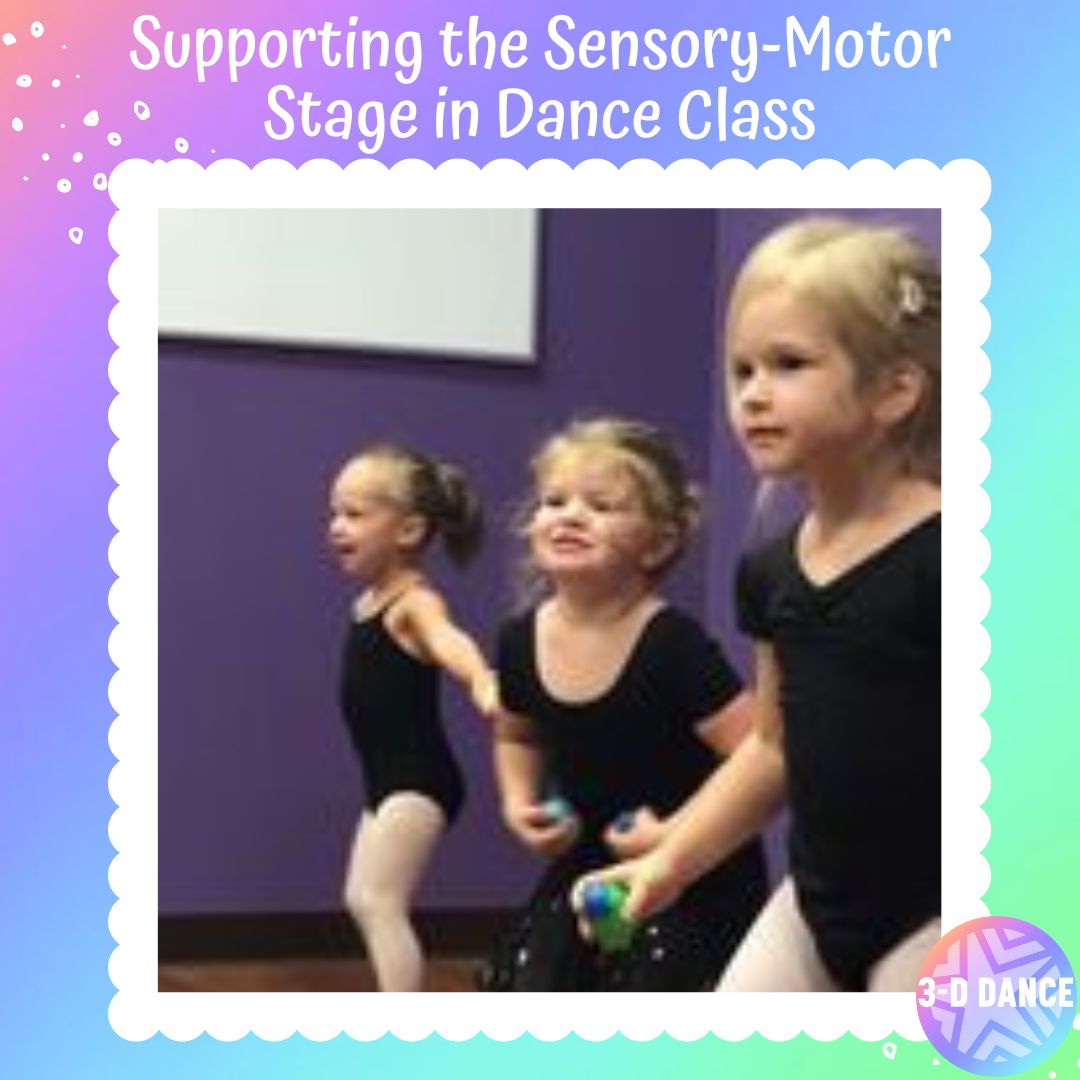
In this blog post, we will be applying Piaget’s Sensory-Motor Stage (typically ages 0-2) into 4 areas:
1. Characteristics of Sensory-Motor Stage
2. What caregivers may notice about children in this stage
3. How to support this stage in the classroom
4. Cognitive conflicts to avoid in the classroom
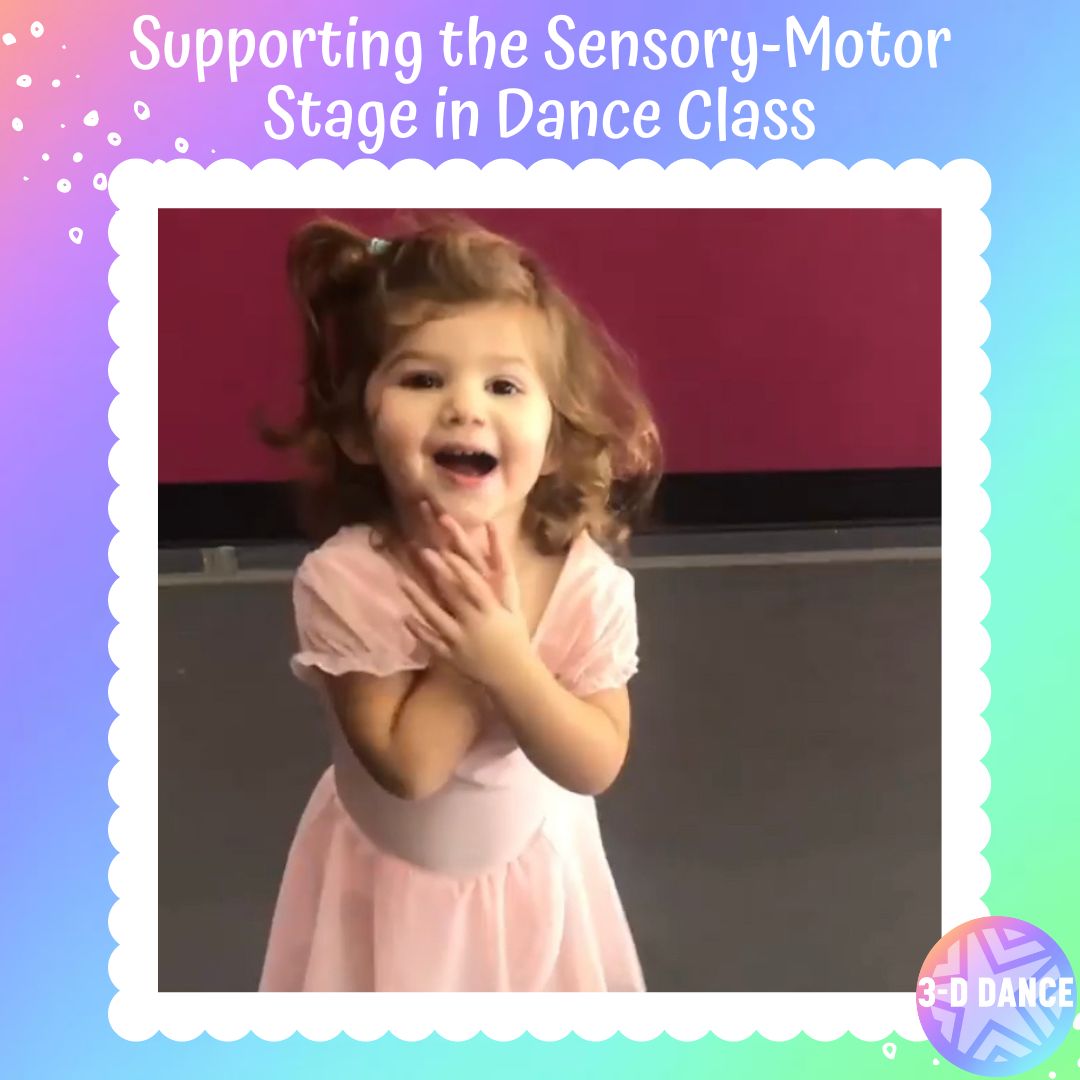
About Piaget’s Sensory-Motor Stage
In this stage, children learn about the world through their 5 senses and movements. The child’s motor development includes reflex actions and undeveloped fundamental actions: bounce, sway, nod, clap, sit, stand, walk, grab, throw, push, and pull. Children learn about objects by grabbing, pushing, taking, lifting, and walking, and they use their senses and motor skills to understand the world around them.
A major concept completed in this stage is “object permanence,” The understanding that things still exist when they don’t see them. (Think about the game of Peek-a-boo. The child is learning that you still exist, even when you cover your face.) There are no specific differences between internal and external objects. For example, the child may not yet have a sense that their mother is a completely different being, or that they are an independent being.
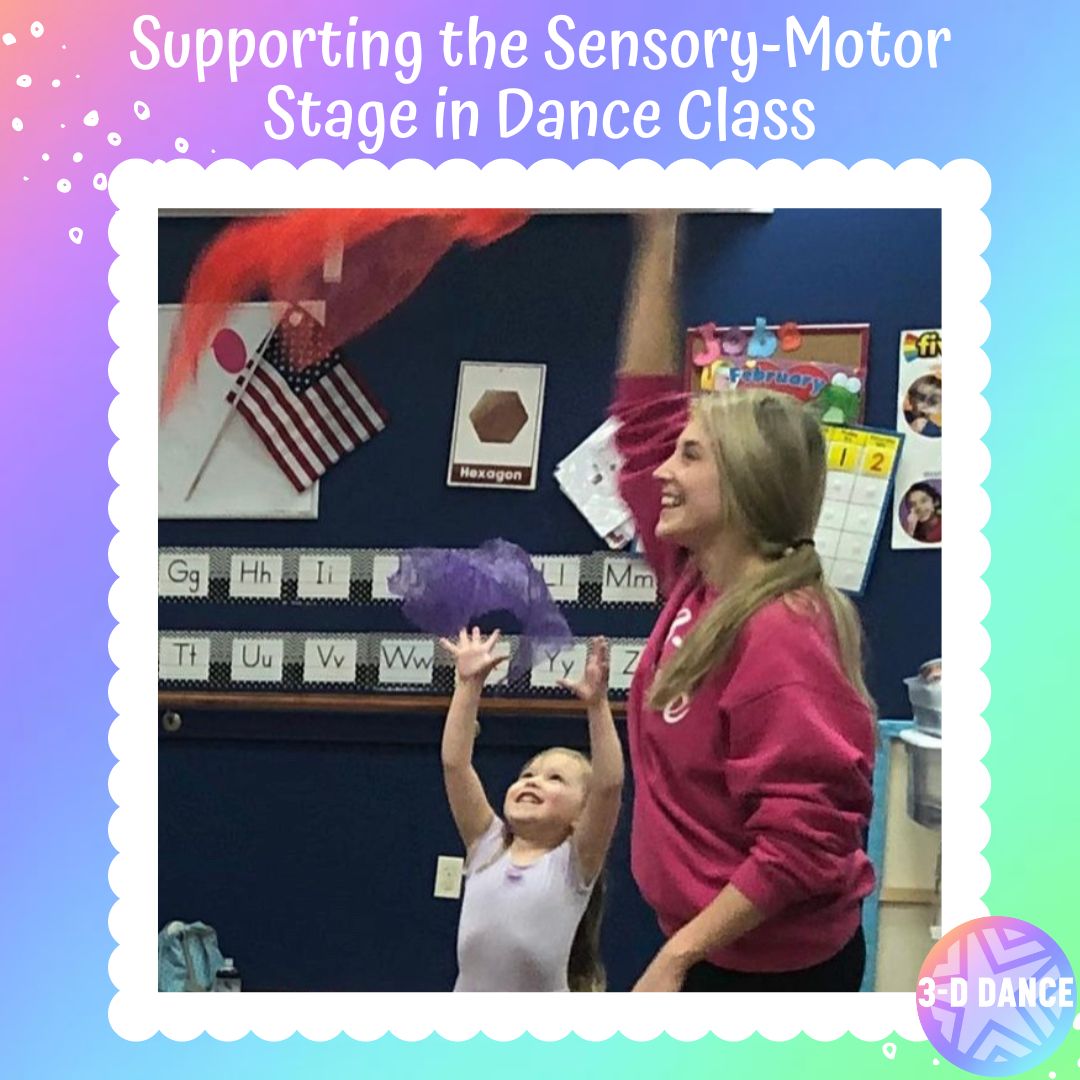
Behaviors that caregivers may observe in their youngest dancers include:
Placing props or hands in their mouth.
Hitting or touching other children or objects.
Sitting/staring/watching/observing while not actively participating.
Responding to music by swinging/swaying, clapping, bouncing and attempting to mimic the teacher or other students.
Because the concept of object permanence is still in development, the student may believe “If I can’t see mommy in my classroom, then she does not exist anywhere” or “Hiding from my teacher under the parachute or scarf is so much fun and she has no idea where I am!”
Because our youngest students lack spatial awareness/ body awareness, especially regarding personal vs. general space, all space is personal space. That is why you have “space invaders” or “snuggle bunnies” at this age. They have not yet developed the concept of physical awareness or physical boundaries. In the Sensory-motor Stage, a child does not actively think about themselves in relation to space.
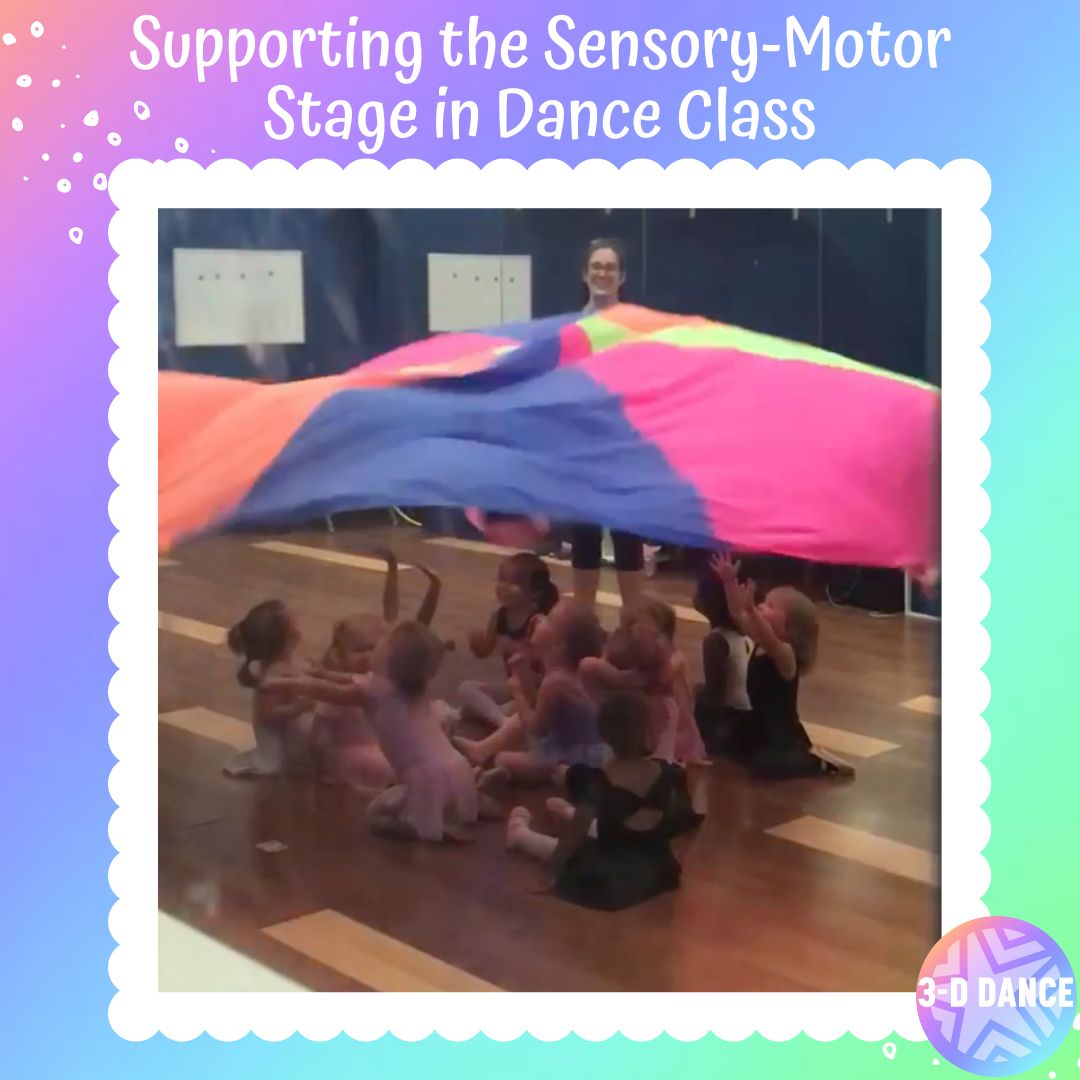
Supporting the Sensory-Motor Stage in the Dance Classroom:
At 3-D Dance, our staff is trained to support children in the Sensory-Motor Stage in many different ways. We work with the child to establish a database of body movements in their brains such as walk, run, roll, crawl, bounce, hop, nod, clap, etc. We accomplish this goal by introducing BrainDance concepts through Nursery Rhymes, action dances that guide the class through various types of movement, and the use of props that students can hear, see and touch, such as scarves, shaker eggs, parachute, rhythm sticks, and stuffed animals. Our teachers are trained to keep the class high-energy, use their own face to express joy and approval to the children, use music that motivates the child to dance and utilize props that invoke joy in the children. Another important point is that at this age, we utilize the floor for many activities as children in this stage integrate movements faster and easier when they are not competing with gravity.
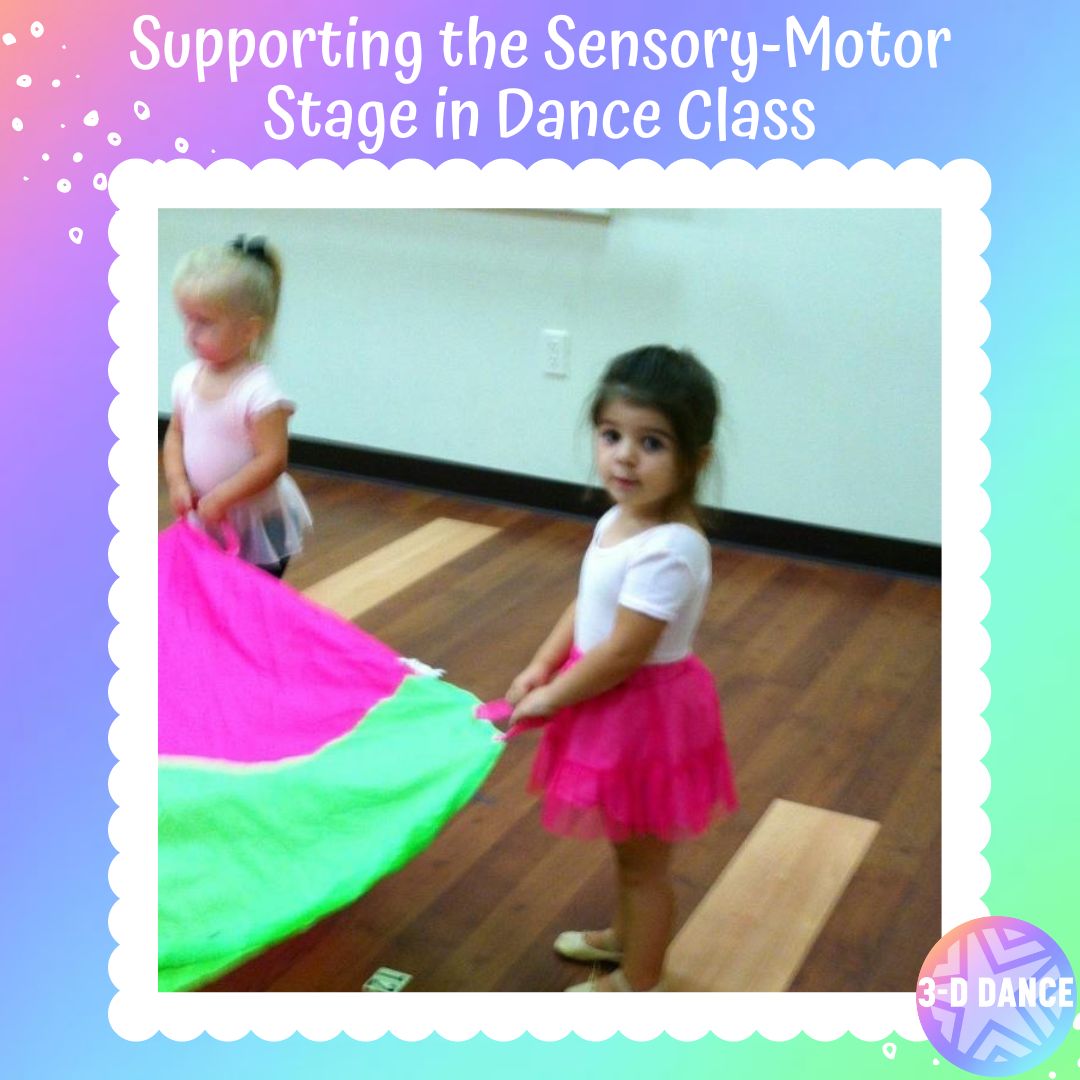
Lastly, at 3-D Dance our teachers are trained not only to identify and understand how to support the child’s current developmental stage, but how to avoid creating cognitive conflicts in the classroom. The presence of cognitive conflict creates disequilibrium in the child’s brain. In simple terms, the child simply does not understand what the teacher expects of them. Below are some potential cognitive conflicts in children in the Sensory-Motor Stage.
The expectation of standing in a single spot for more than a brief period of time, if at all.
The expectation of staying quiet or “catching a bubble”
The expectation of standing in a straight line
The expectation of waiting his/her turn or sharing
The expectation that a child will refrain from taking something away from a peer
The expectation of having a back and forth conversation or playing interactively with a peer. Children engage in parallel play before they engage in interactive play with peers.
The expectation participating in a structured activity with “rules”
Children in the Sensory-Motor Stage may not yet have the ability to generalize information into concepts. For example, fast/slow or walk/run. Our youngest students will likely run to demonstrate both because the physical locomotor movement for fast/slow or walk/run is the same and the concept of varying speed has not been developed.
The child should not be expected to “earn” a sticker or reward for desired behavior in the Sensory-Motor Stage.
Until the child develops logic, logic is an ineffective bargaining tool and the best method to achieve desired behavior in a child in the Sensory-Motor Stage is to distract them with sensorimotor activities such as a scarf, egg, music, laughing/smiling, anything that stimulates their five senses in a positive way.
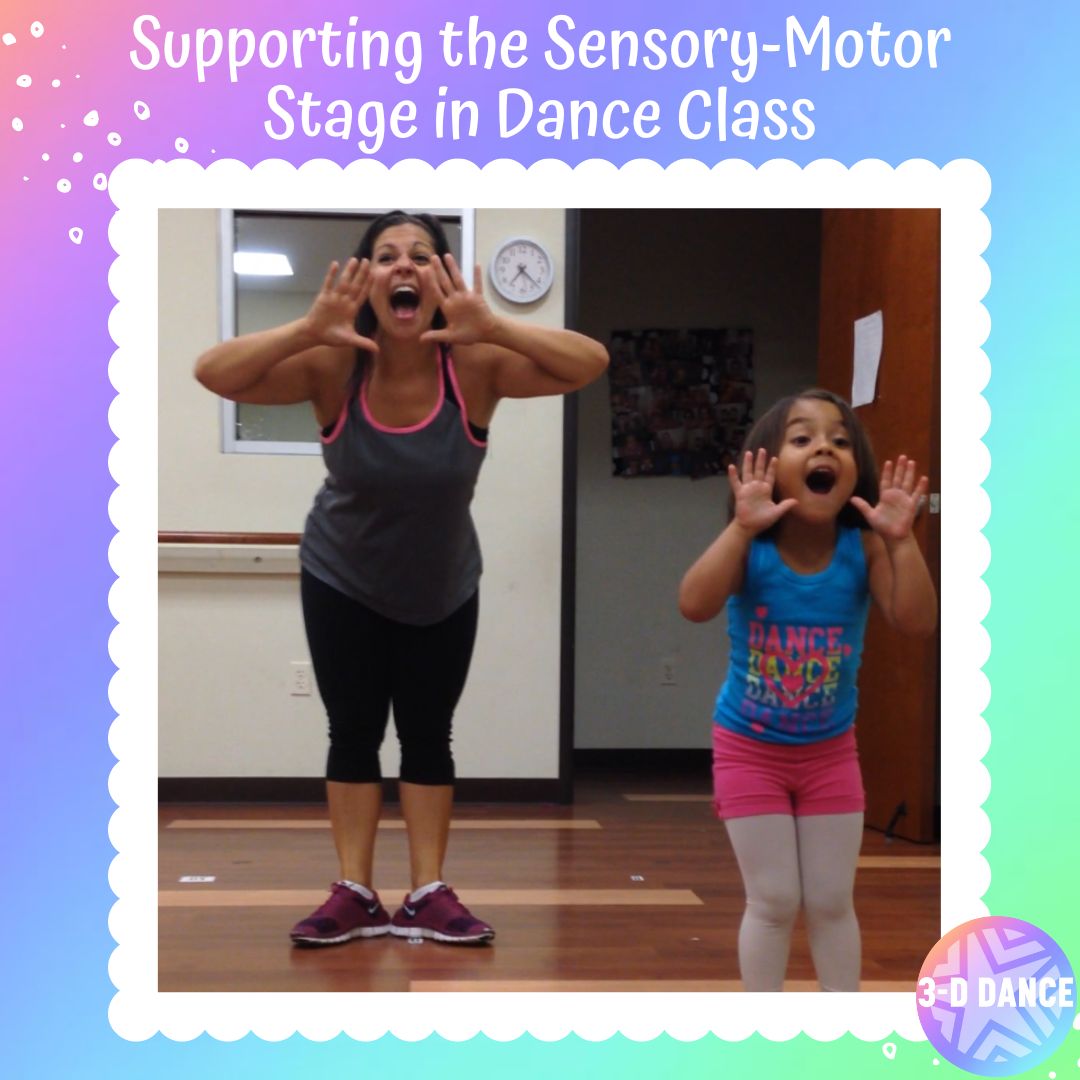
Conclusion:
Based on Piaget’s developmental stages and how they apply in the dance class, one could easily agree that when planned strategically and lead by trained professionals, dance classes develop not only necessary cognitive skills, but advanced cognitive skills. Developmentally appropriate classrooms are classrooms that meet the child in their current stage of development and avoid creating cognitive conflicts for the child. Cognitive development is a progression and one concept must be established before the next. Caregivers, drop a comment letting us know if you learned anything that will help you support your child’s cognitive development!
To learn more about how we integrate Child Development Milestones into the Dance Classroom for ages 3-7, click HERE.
To learn more about how we integrate Child Development Milestones into the Dance Classroom for ages 8 to 11, click HERE.
To learn more about how we integrate Child Development Milestones into the Dance Classroom for ages 12 and up, click HERE.
Welcome to 3-D Dance
As parents find it harder and harder to carve out important family time while allowing their children to pursue their passions through extra-curricular activities in a physically and emotionally safe environment, 3-D Dance remains committed to providing a quality dance education that provides the balance that children need between work and play. Our studio culture facilitates finding like-minded families to journey with as children learn and grow together.
For assistance in finding the right opportunities for your child at 3-D Dance, please email [email protected] or call/text (469) 747-1760
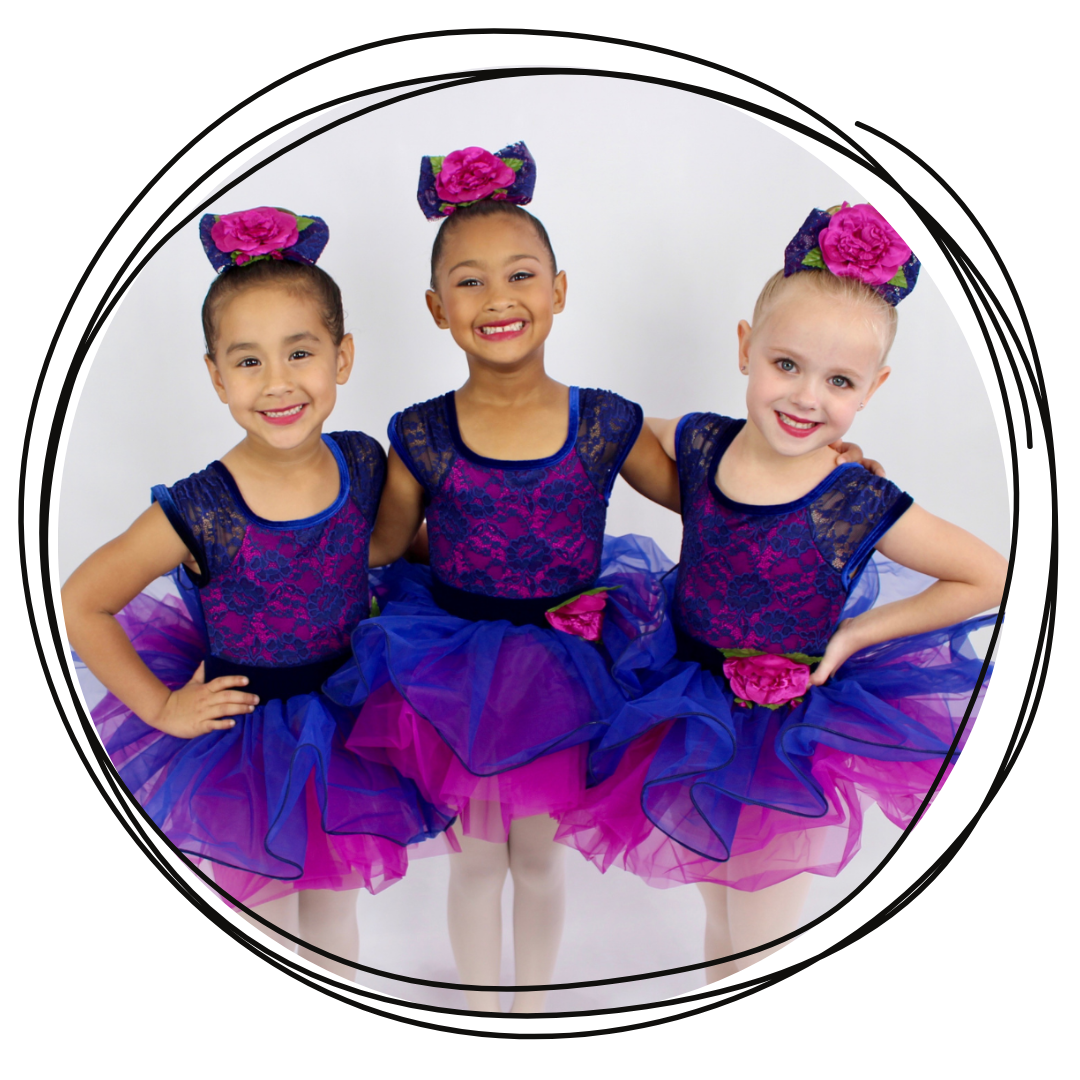

Contact Us!
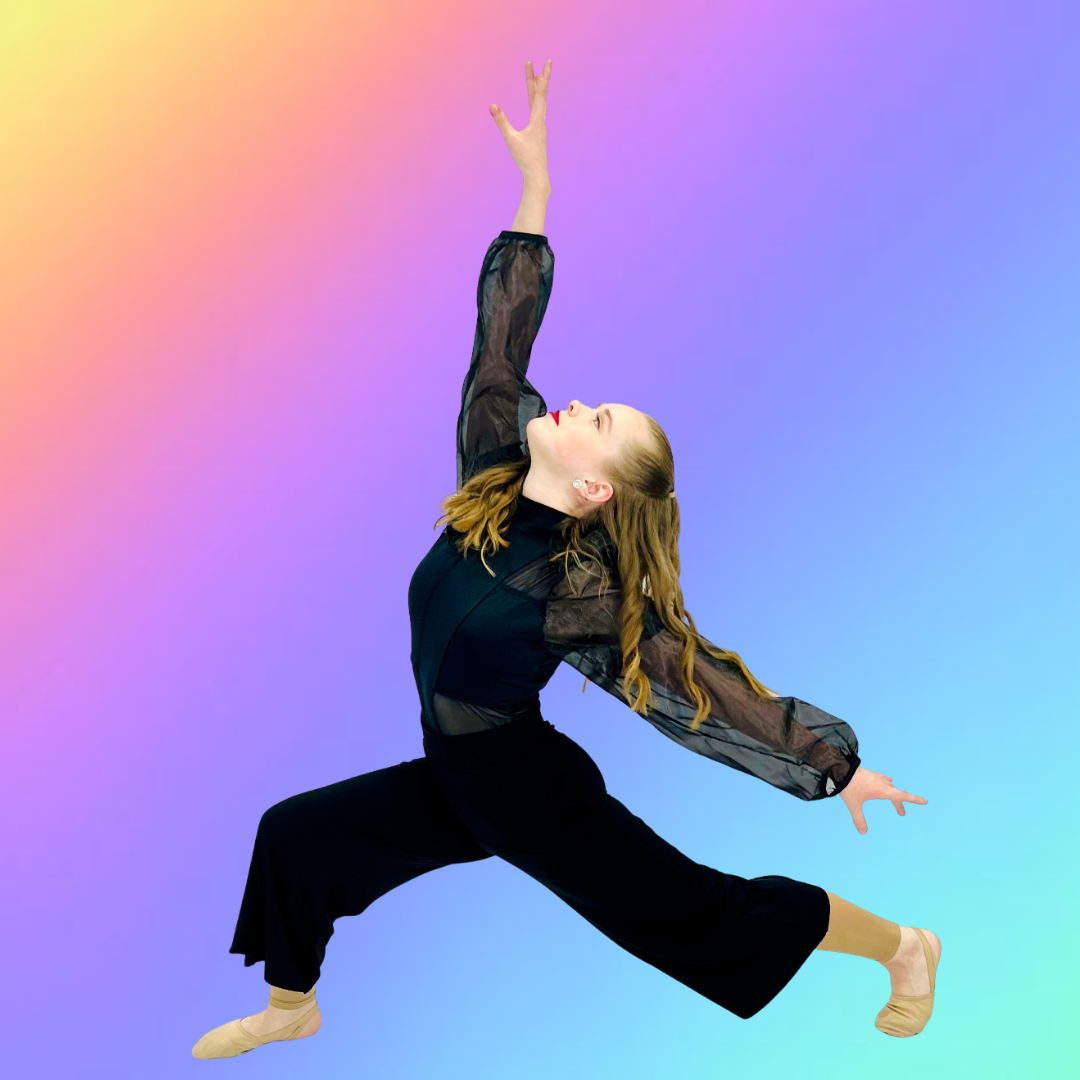
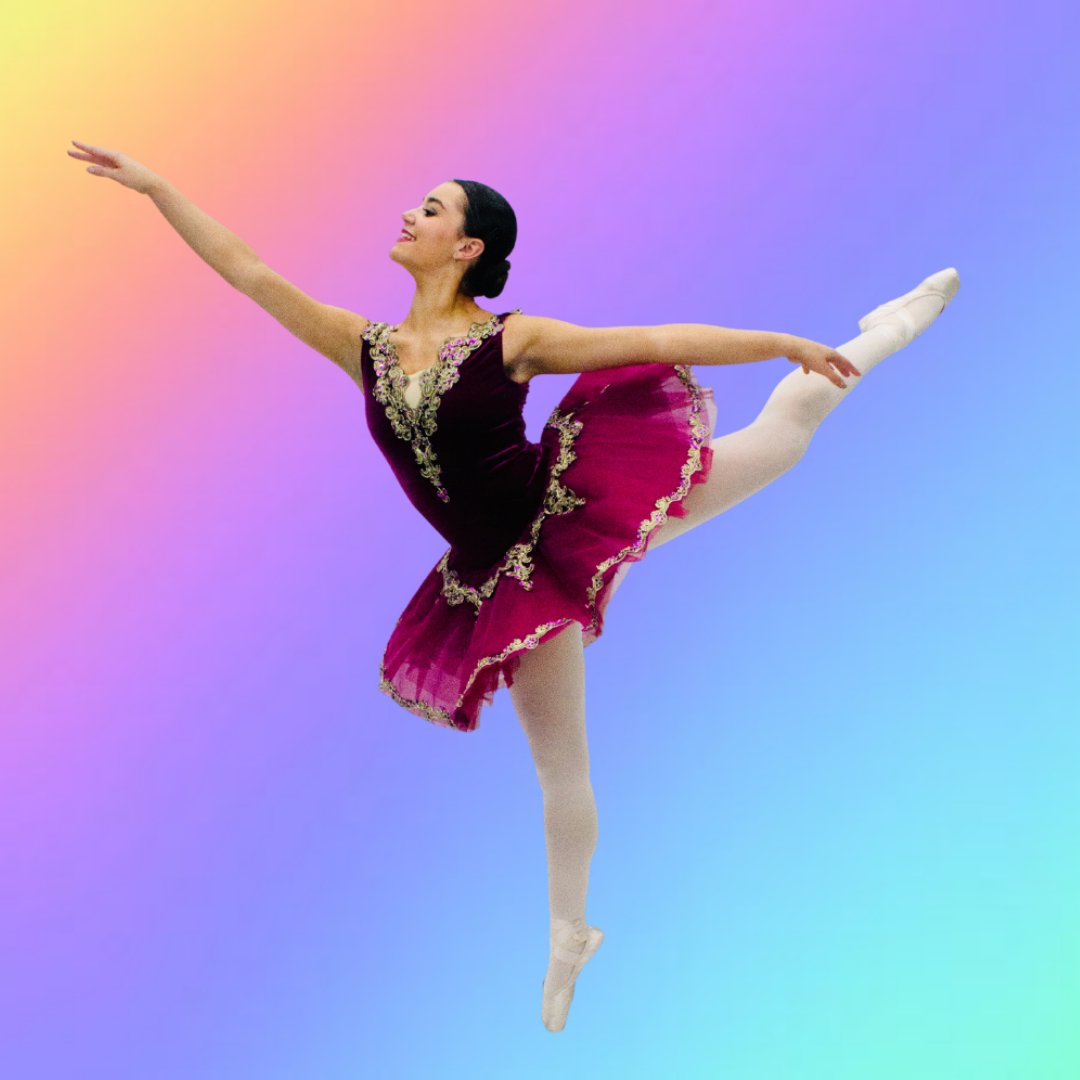
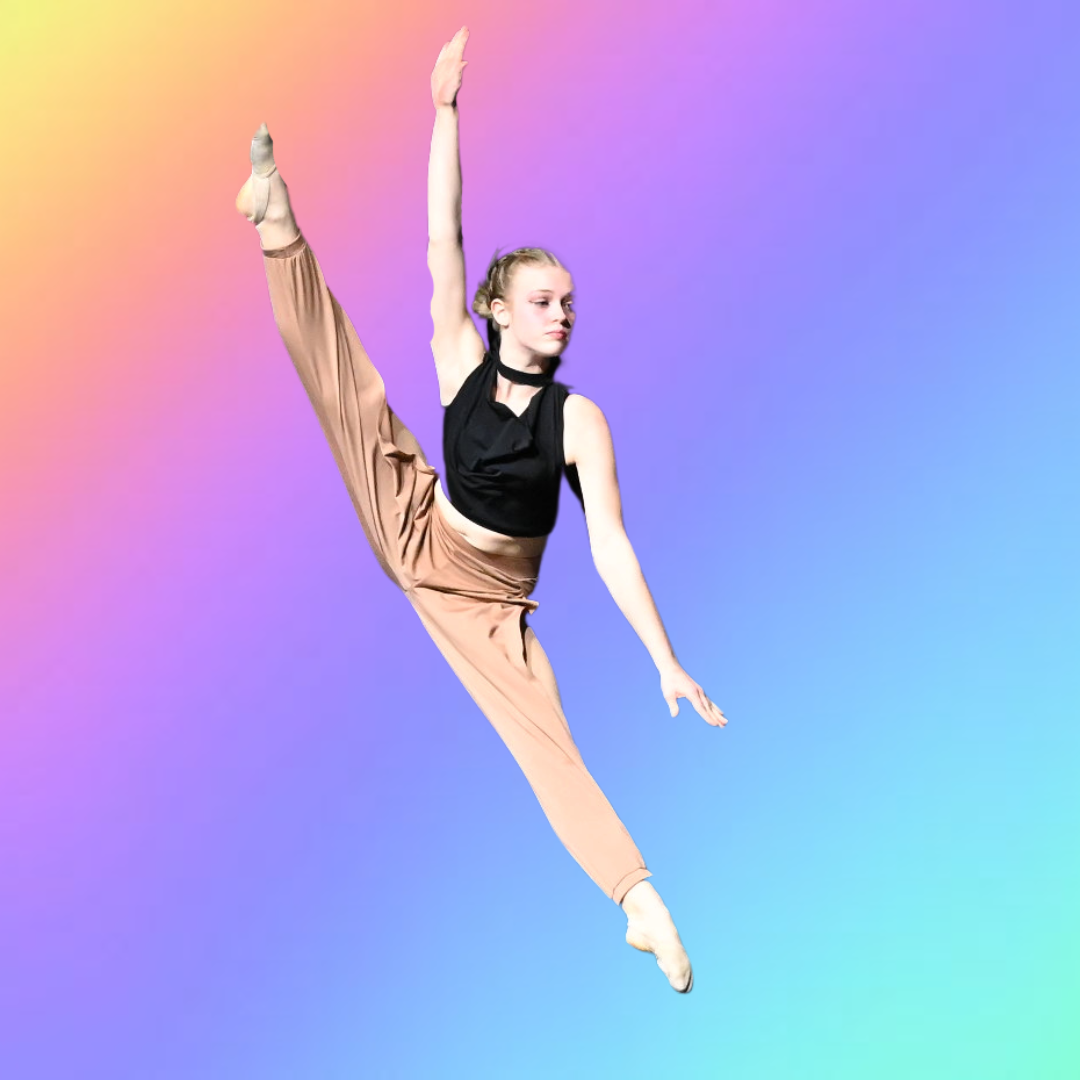
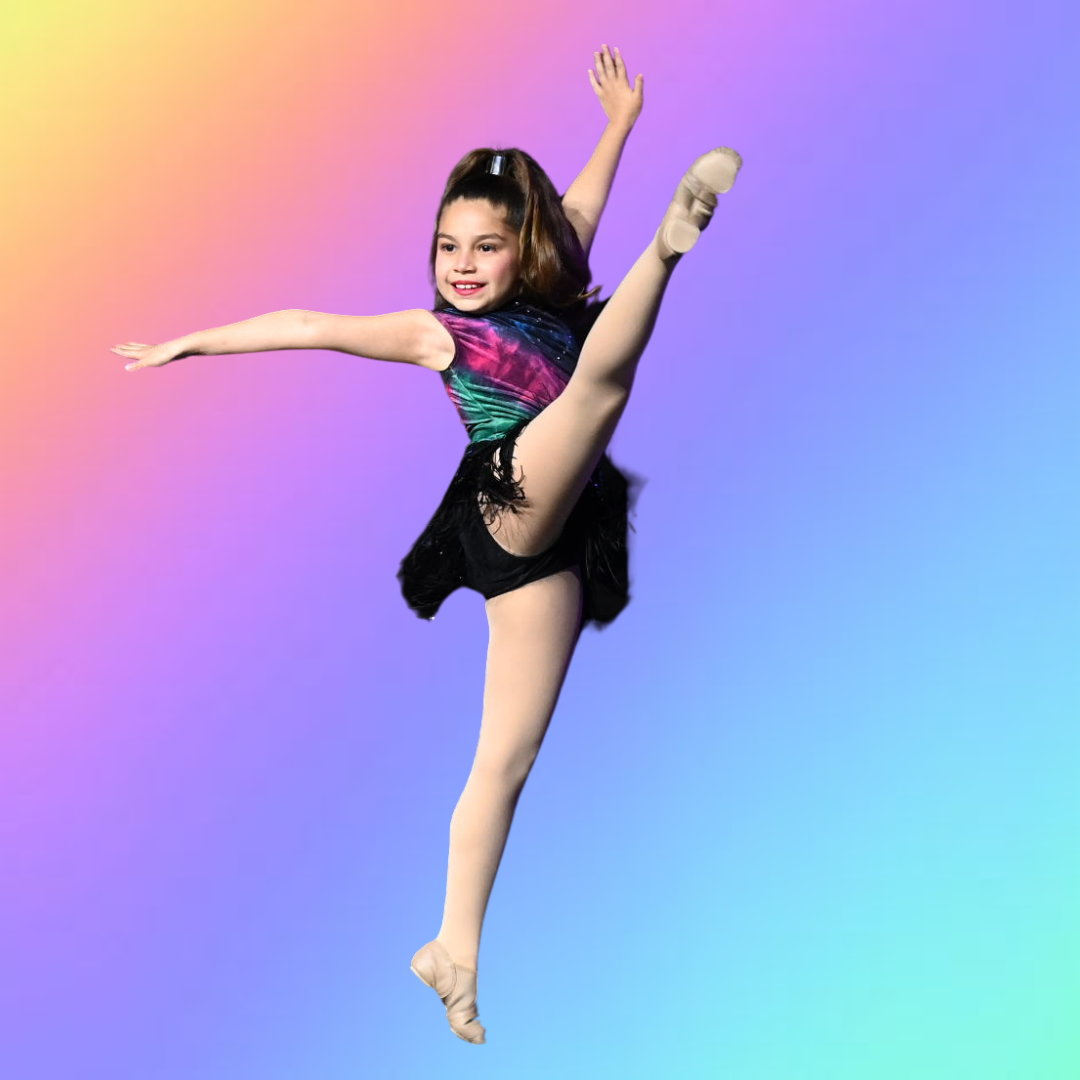

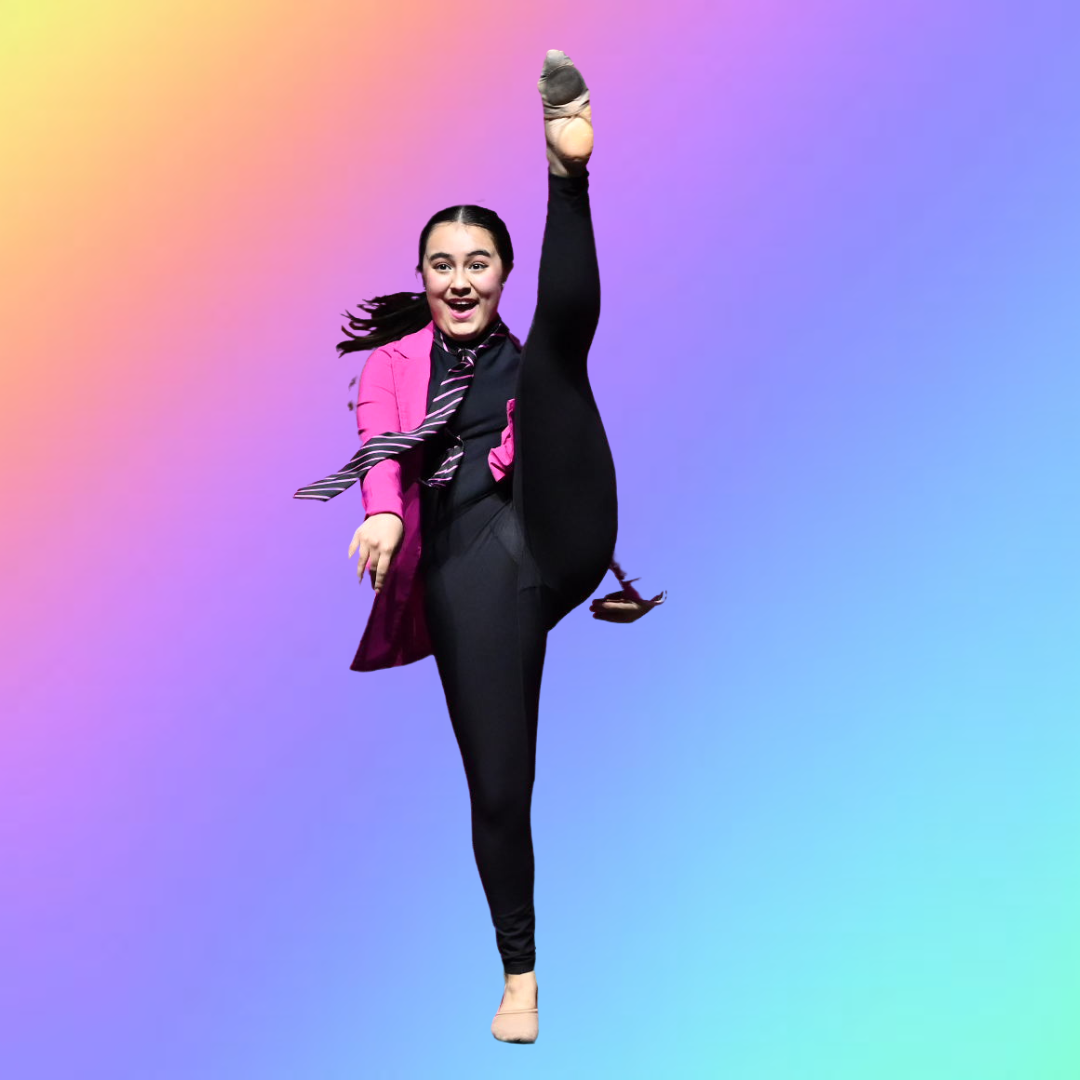
Aubrey/Little Elm Location
26772 HW 380 East
Little Elm, TX
Celina Location
3260 S. Preston Rd
Celina, TX
Frequently Asked Questions
How do I schedule a trial class?
Lorem ipsum dolor sit amet, consectetur adipisicing elit. Dolores dolorem adipisci ipsa, quasi nostrum quos culpa, illo perferendis
What is your class make-up policy?
Lorem ipsum dolor sit amet, consectetur adipisicing elit. Dolores dolorem adipisci ipsa, quasi nostrum quos culpa, illo perferendis
What is your refund policy?
Lorem ipsum dolor sit amet, consectetur adipisicing elit. Dolores dolorem adipisci ipsa, quasi nostrum quos culpa, illo perferendis
How do I schedule a trial class?
Lorem ipsum dolor sit amet, consectetur adipisicing elit. Dolores dolorem adipisci ipsa, quasi nostrum quos culpa, illo perferendis
What is your class make-up policy?
Lorem ipsum dolor sit amet, consectetur adipisicing elit. Dolores dolorem adipisci ipsa, quasi nostrum quos culpa, illo perferendis
What is your refund policy?
Lorem ipsum dolor sit amet, consectetur adipisicing elit. Dolores dolorem adipisci ipsa, quasi nostrum quos culpa, illo perferendis
3-D Dance
3-D Dance is a dance studio located in Aubrey and Celina with a team of professional dance educators dedicated to growing tomorrow's leaders through dance!
Email: [email protected]
Telephone: 469-747-1760


